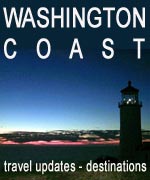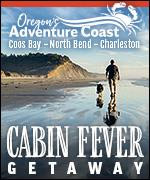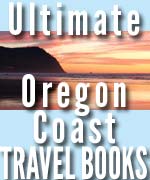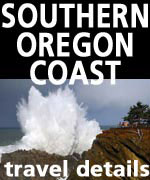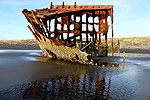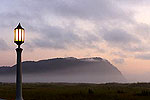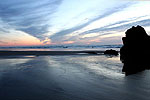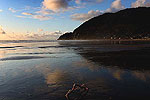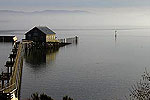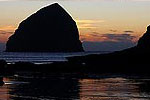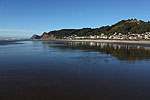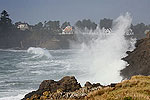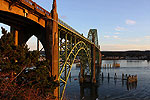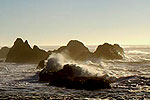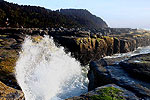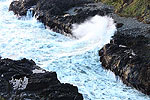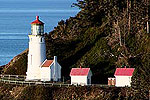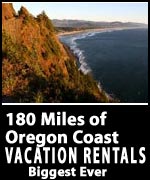Herbert's 'Dune' Not Just Sci-Fi: Real Science Behind Oregon Place That Inspired Books
Published 3/22/24 at 9:25 p.m. - Updated 3/23/24 at 7:25 p.m.
By Andre' GW Hagestedt
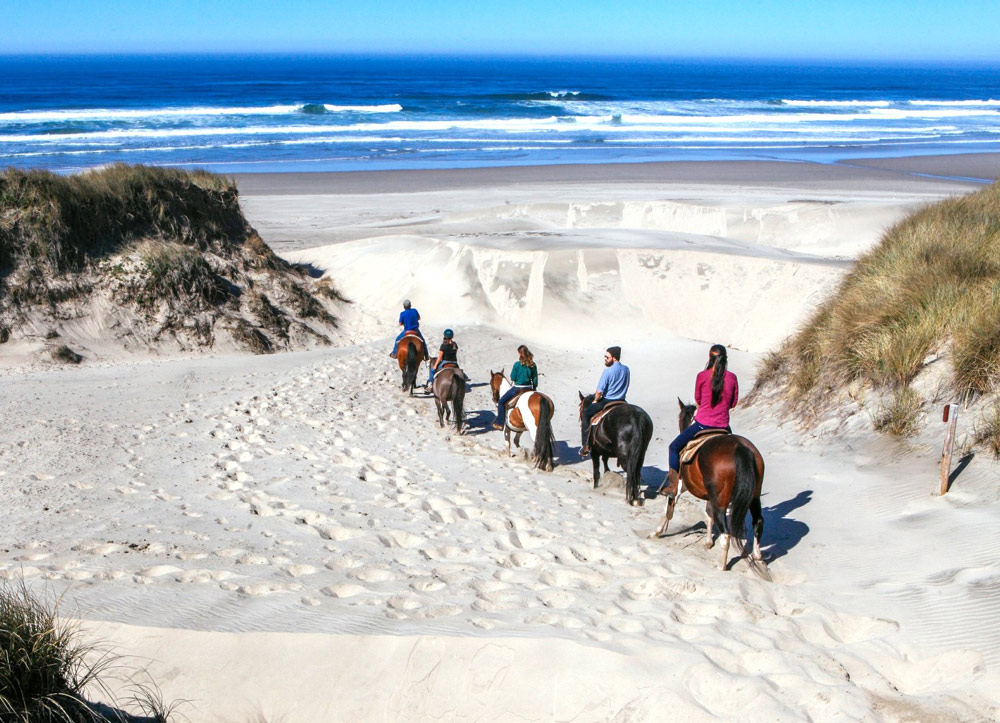
(Dunes City, Oregon) – On Oregon's western edge, where the continent meets the coastline, are just about the middle point between California and Washington there's a 40-mile stretch of sand that's become extra famous these days. The Oregon National Dunes Recreation Area has become a bit of a movie star of sorts. It's here where author Frank Herbert spent some time in the '50s, poking around the ecosystem of the beachgrass and the government's plans to stabilize the dunes with those plants, becoming inspired to write the seminal Dune book series in the '60s. (Photo courtesy Florence Visitors Center)
Includes exclusive listings; some specials in winter
In Cannon Beach:
Includes rentals not listed anywhere else
In Manzanita, Wheeler, Rockaway Beach:
Some specials for winter
In Pacific City, Oceanside:
Some specials for winter
In Lincoln City:
Some specials for winter
In Depoe Bay, Gleneden Beach:
Some specials for winter
In Newport:
Look for some specials
In Waldport
Some specials for winter
In Yachats, Florence
Some specials for winter
Southern Oregon Coast Hotels / Lodgings
Reedsport to Brookings, places to stay; winter deals
Late last year, the most recent sequel in the Dune movies was released, “Dune: Part Two,” resulting in a flurry of attention to the wild Oregon coast attraction. Yet there's a lot more to these majestic domes of sand: there's a real science behind it all, a whole other category of research going on here long before the two latest films came out.
Oregon State University (OSU) in Corvallis has been digging deep into various aspects of the Dunes Rec Area (as it's known colloquially sometimes), especially ways to manage them and how erosion takes place there.
The area is in some kind of peril, actually. Those beachgrasses planted there in the 20th century are causing the beloved region to shrink by as much as 16 feet per year, according to Travel Lane County.
Into this realm steps Meagan Wengrove, assistant professor of civil and construction engineering in the OSU College of Engineering.
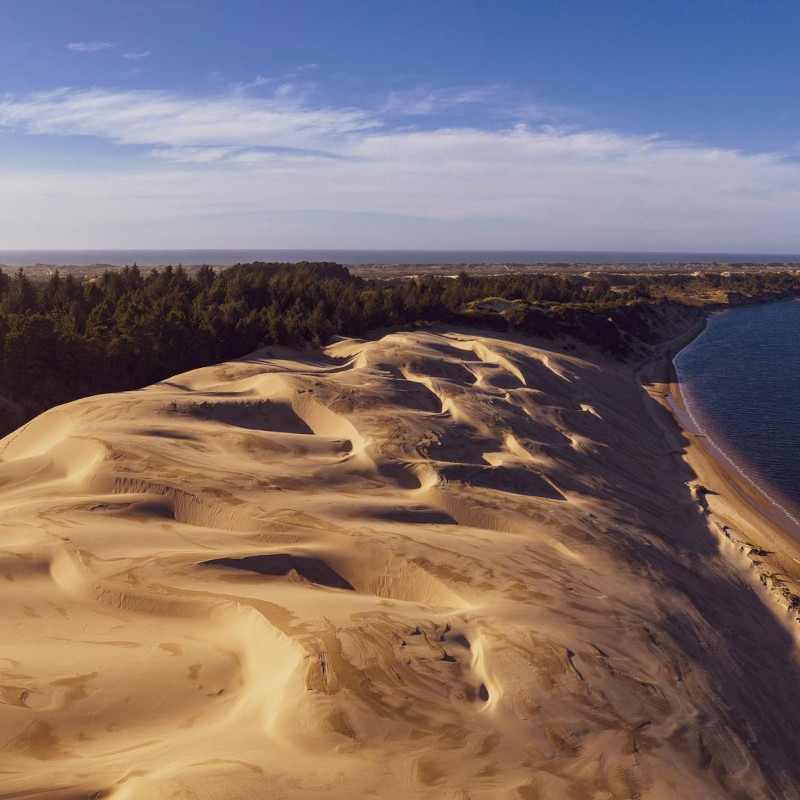
The dunes start at Florence and run through Reedsport, ending near Coos Bay. Manuela Durson - see Manuela Durson Fine Arts for more
Wengrove said she recently watched the movie Dune: Part Two and noticed how the movie indeed mirrors the real life science of shifting sands and how the dunes cannot actually be controlled. As along this coastal stretch between Florence and Coos Bay, the movie shows high winds whipping up dunes and burying homes.
Wengrove published a paper on this last year, showing that vegetation that's been planted there can accelerate erosion.
Adjacent to that arm of science, OSU colleagues Sally Hacker and Peter Ruggiero are working with Oregon government agencies on how to manage the dunes region based on the actual science.
These guidebooks come from 20 years of monitoring the dunes, and how humans change them – even unwittingly.
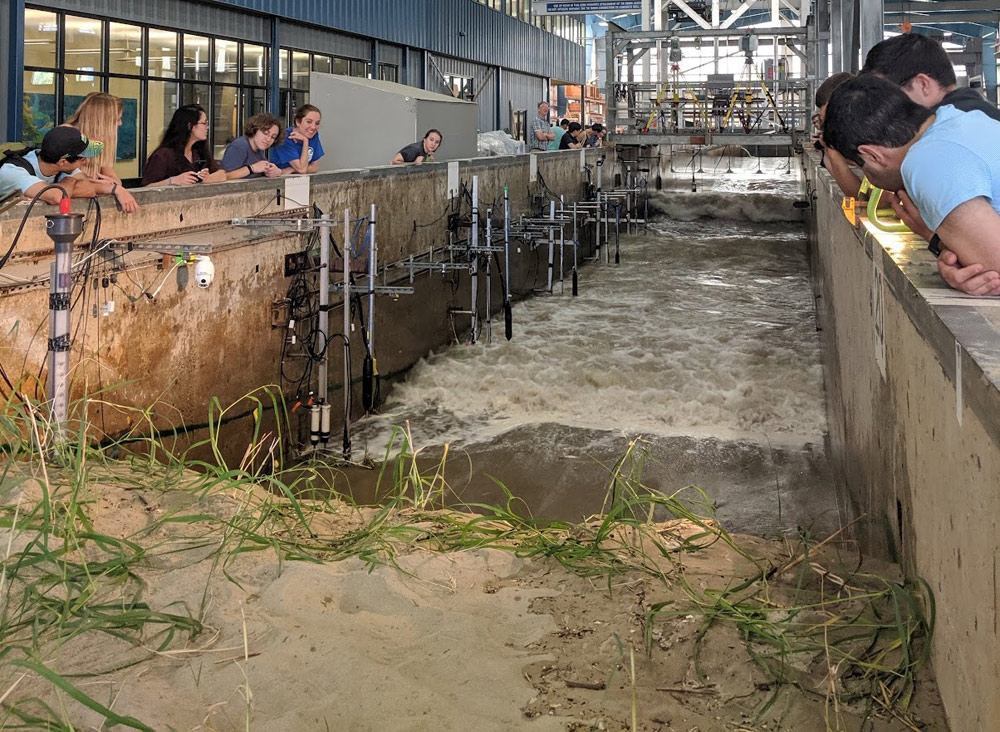
Photo provided by Meagan Wengrove, CoE: Students at the O.H. Hinsdale Wave Research Laboratory discovered that dunes with newly planted vegetation scarped faster than bare dunes
“Wengrove’s research group is also working with Hacker and Ruggiero on projects designed to predict the evolution of dune morphology - shape and structure - based on different levels of sand trapping as it relates to beachgrass species,” a spokesman for OSU said. “In addition, Wengrove is starting a study that aims to quantify how a Cascadia tsunami could change the dunes and how much the dunes matter when it comes to inundation from a tsunami.”
Hacker said coastal ecosystems like these dunes are increasing in importance in the field, particularly when it comes to the effects of extreme storms, tsunamis and how sea level rise is taking place around coastal communities.
See Dune Novels, Movies Began with Frank Herbert's Visit to Oregon Coast Dunes, Florence
Hacker's work is not unlike Herbert's research here in those early days, about 70 years ago.
“Her goal is a better understanding of the processes that control large-scale variation in dune morphology and its role in coastal protection, recreation, native species conservation and carbon storage,” OSU said.
Indeed, she's looking directly at the same non-native species of beachgrass planted here in the last century that Herbert examined, although at the time he and others thought their work here was effective. Instead, as Hacker notes, there were a wide range of consequences.
Among those: parts of the Dunes Rec Area are disappearing, as Travel Lane County's Andy Vobora told Oregon Coast Beach Connection in 2019. The beachgrasses help create ugly, emptied areas called deflation plains where water starts to fill up and the dunes go away – an essential part of tourism in the area.
“If the foredune was mobile the open sand would cover the naturally occurring deflation plains and move inward and the natural processes would work as they should,” Vobora said. “With the foredune stabilized, the deflation grows and eventually fills with vegetation.” See Oregon Coast Dunes Area is in Trouble.
- South Coast Hotels - Where to eat - Maps - Virtual Tours
Cannon Beach Lodging
Nehalem Bay Lodgings
Manzanita Hotels, Lodging
Three Capes Lodging
Pacific City Hotels, Lodging
Lincoln City Lodging
Depoe Bay Lodging
Newport Lodging
Waldport Lodging
Yachats Lodging
Oregon Coast Vacation Rentals
Oregon Coast Lodging Specials
More About Oregon Coast hotels, lodging.....
More About Oregon Coast Restaurants, Dining.....
 Andre' GW Hagestedt is editor, owner and primary photographer / videographer of Oregon Coast Beach Connection, an online publication that sees over 1 million pageviews per month. He is also author of several books about the coast.
Andre' GW Hagestedt is editor, owner and primary photographer / videographer of Oregon Coast Beach Connection, an online publication that sees over 1 million pageviews per month. He is also author of several books about the coast.
LATEST Related Oregon Coast Articles
Another Set of Rain Storms for Oregon, Washington, Coast - Flood WatchesAtmospheric river again for Washington, Oregon and rain for a week. Weather
Oregon Coast's Crabbing Fleet Heads Out with Whale Entanglement Advisory
Environmental groups petition ODFW for greater whale safety measures. Marine sciences
Manzanita's Spanish Galleon: New Discoveries and a Talk in N. Oregon Coast's ...
Saturday, November 15: The Beeswax Wreck of 1693. History, Nehalem events
Weird Brown Sludge on Oregon Coast / Washington: Turns Out It's a Good Thing
That brown stuff? It's all natural and signs of a healthy ocean. Seaside, Marine sciences
High Risk of Sneaker Waves on Oregon Coast / Washington Extended to Monday
Stay observant of incoming waves, the NWS said. Weather
New Oregon Coast Hotel with Old World Charm
Like stepping back in time on the beachfront in Seaside, except with modern amenities around you. Seaside hotel reviews, Cannon Beach hotel review
Flooding Shuts Down Roads in Washington, Oregon, Coast
Road issues at Seaside, Neskowin, Hwy 6, SW Washington and more coming. Weather
Holiday Rager on South Oregon Coast All About Mountain Biking
Wild Coast Trails Holiday Ride Saturday, November 22 in Agness near Gold Beach. South coast events
Back to Oregon Coast
Contact Advertise on Oregon Coast Beach Connection
All Content, unless otherwise attributed, copyright Oregon Coast Beach Connection. Unauthorized use or publication is not permitted





